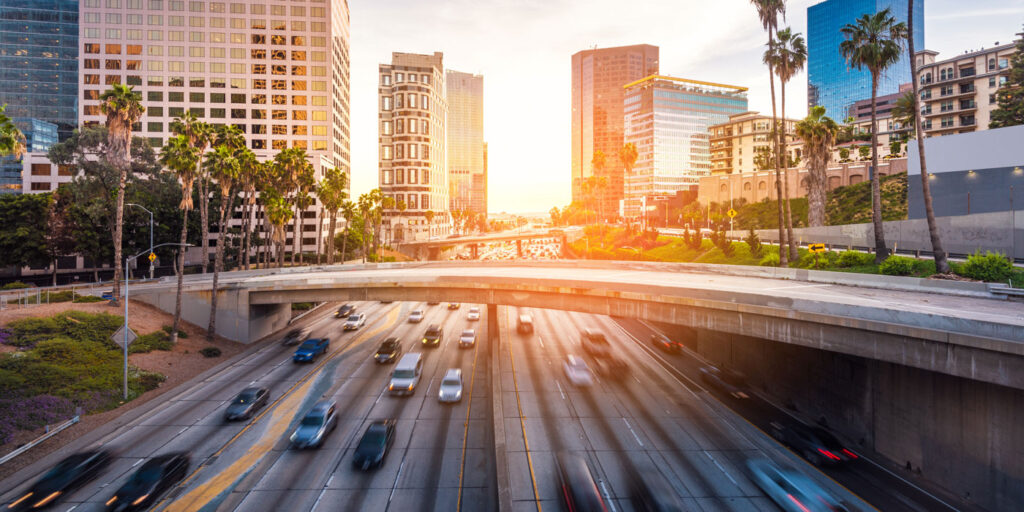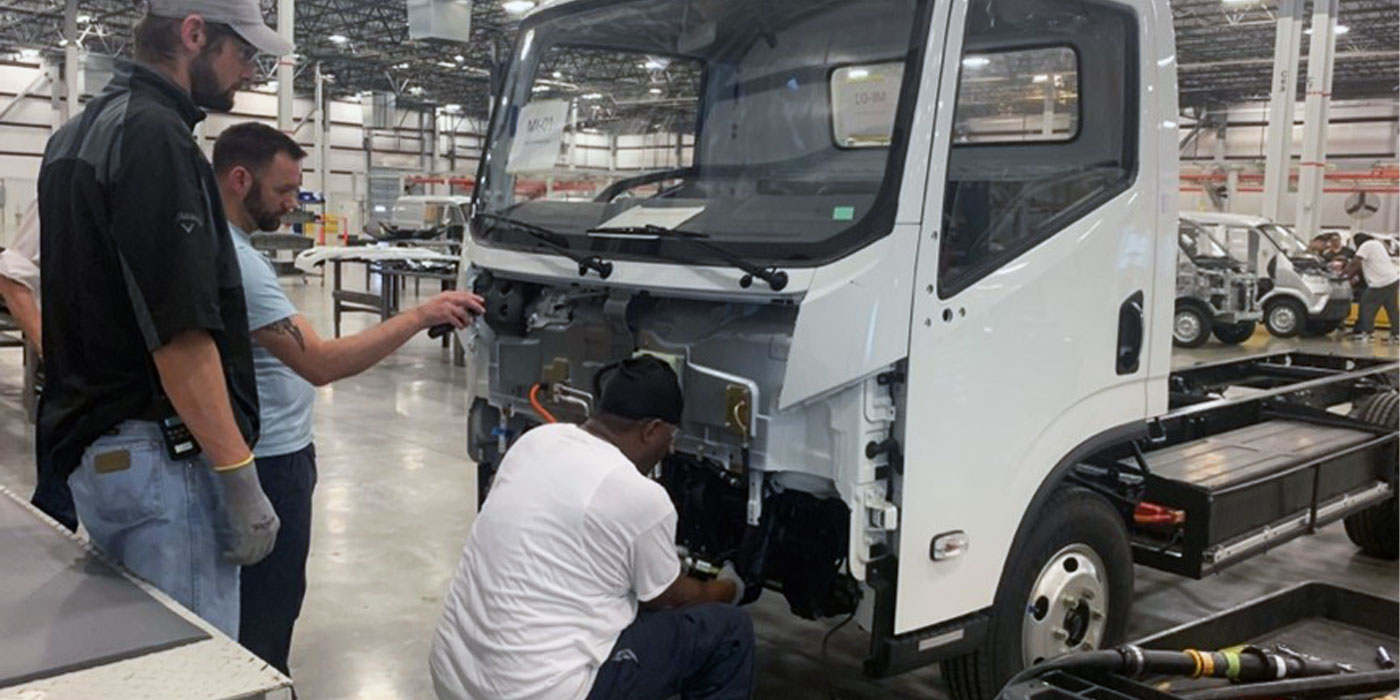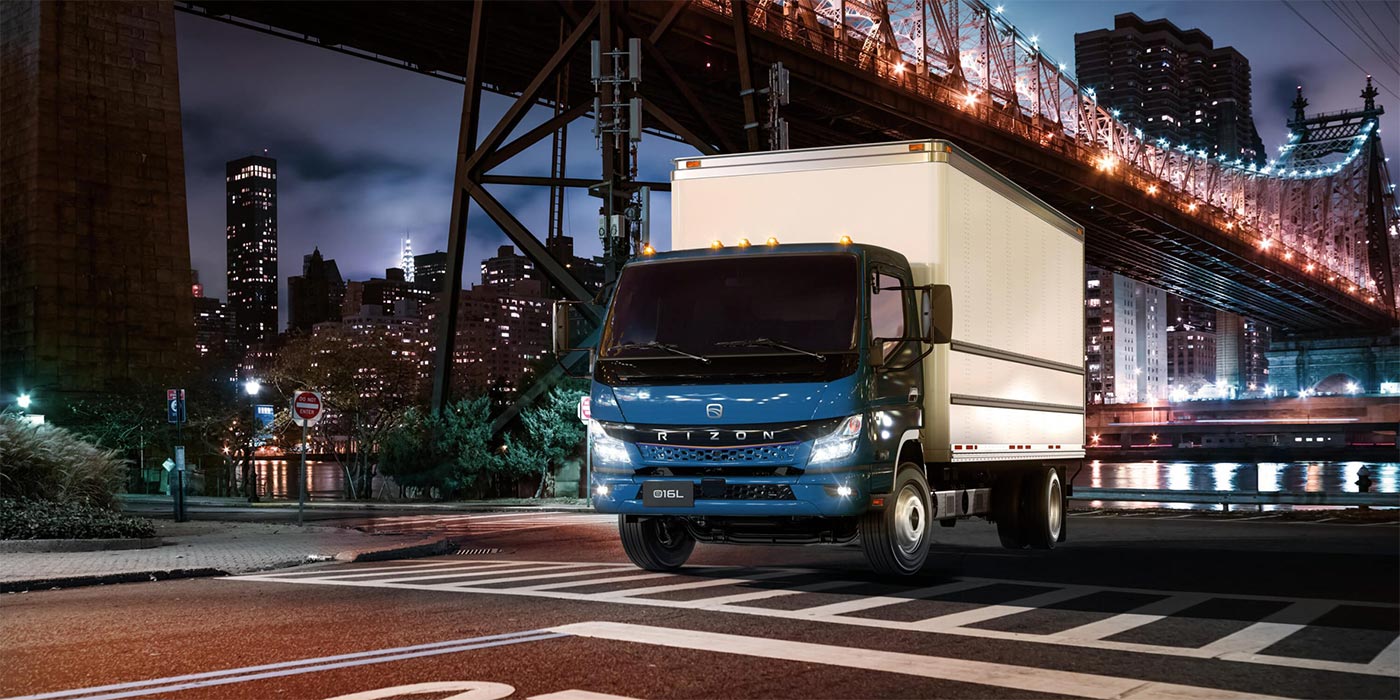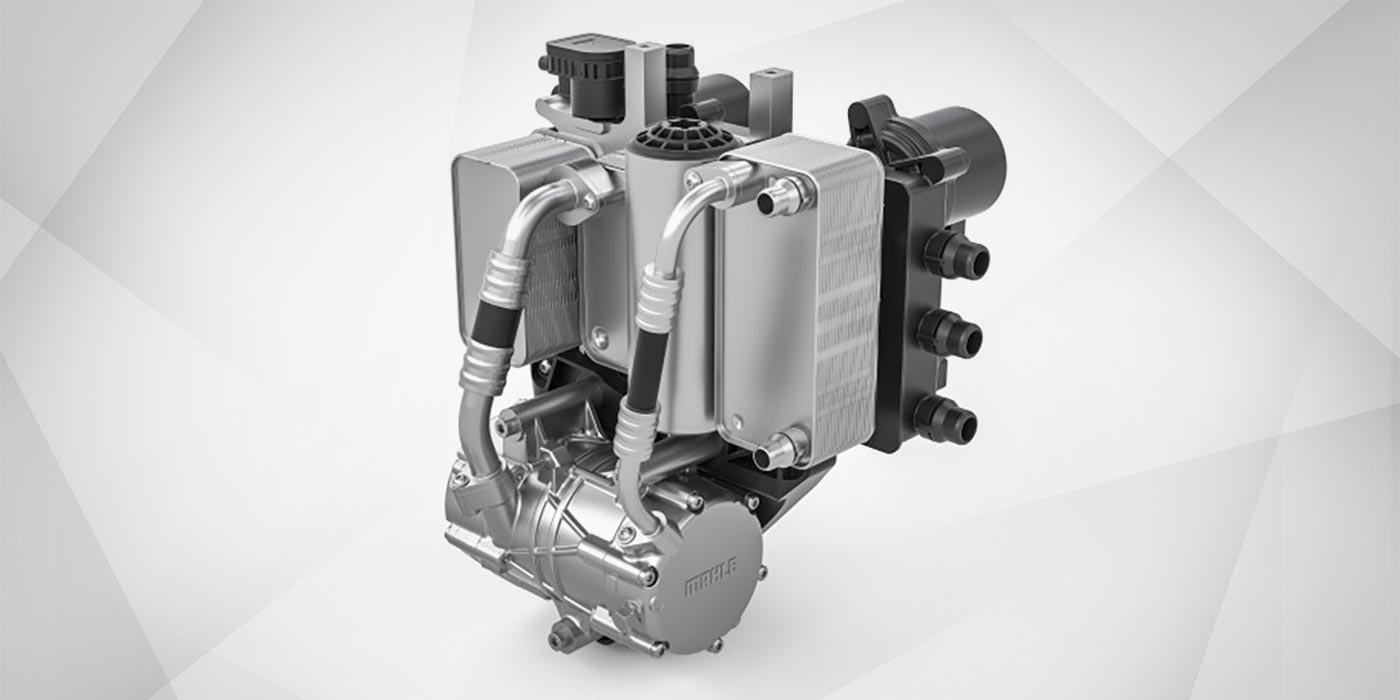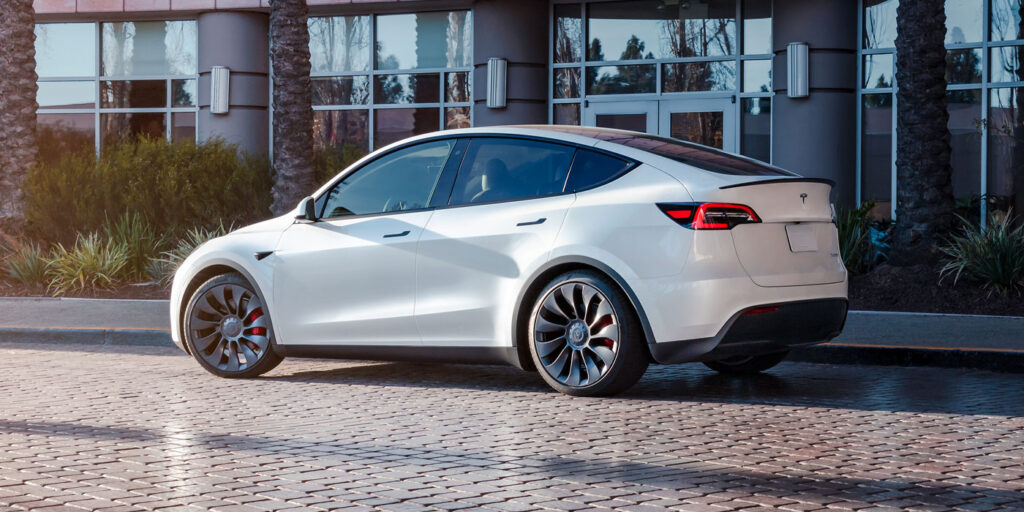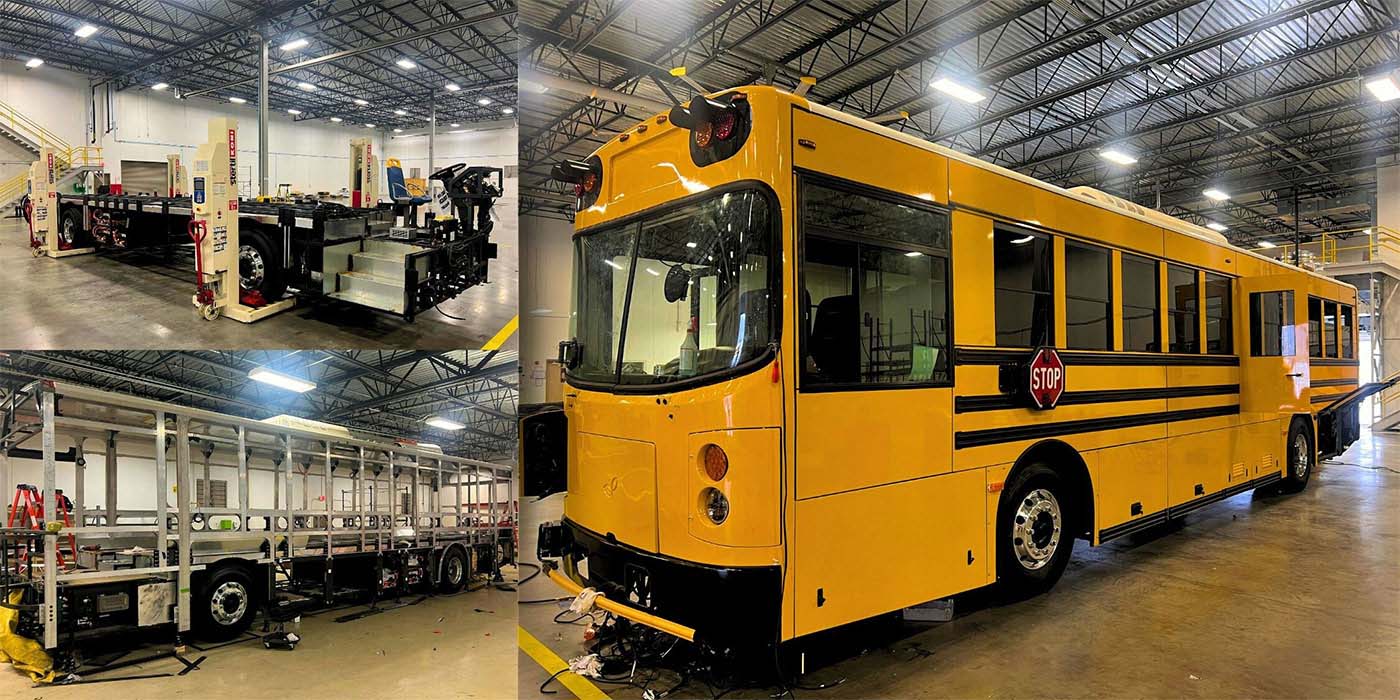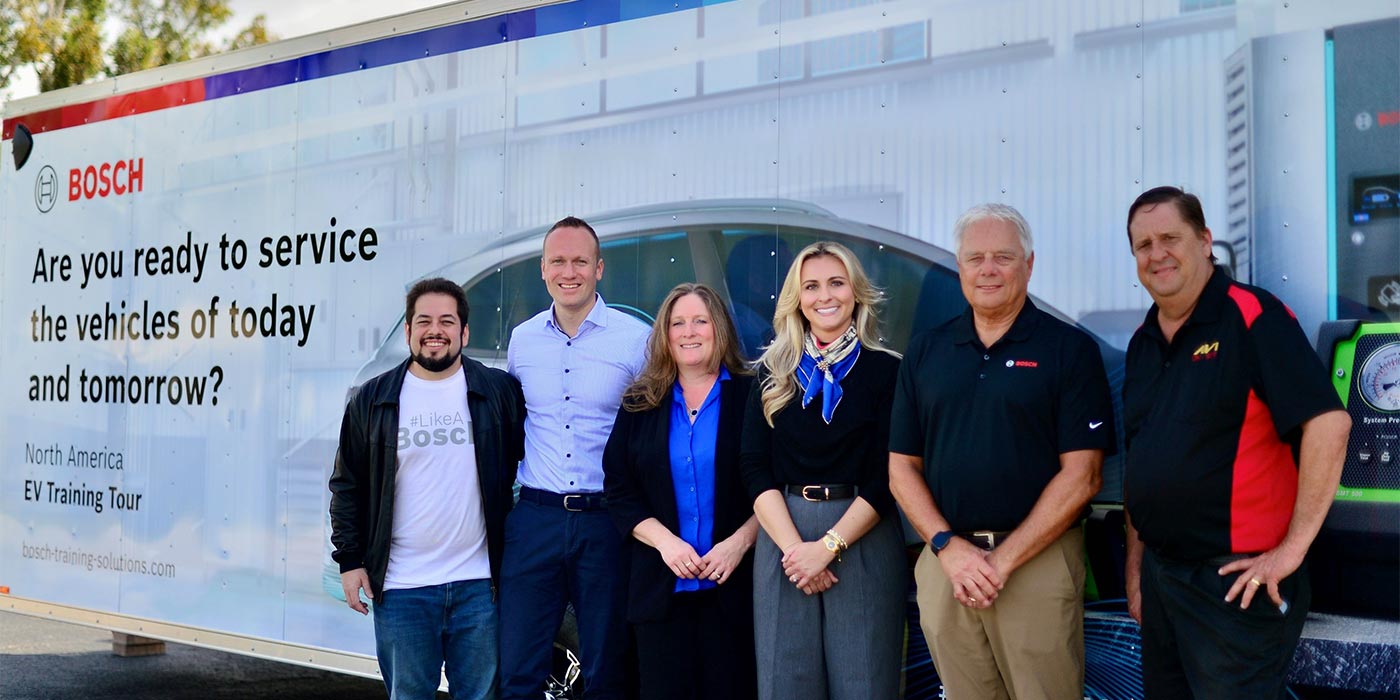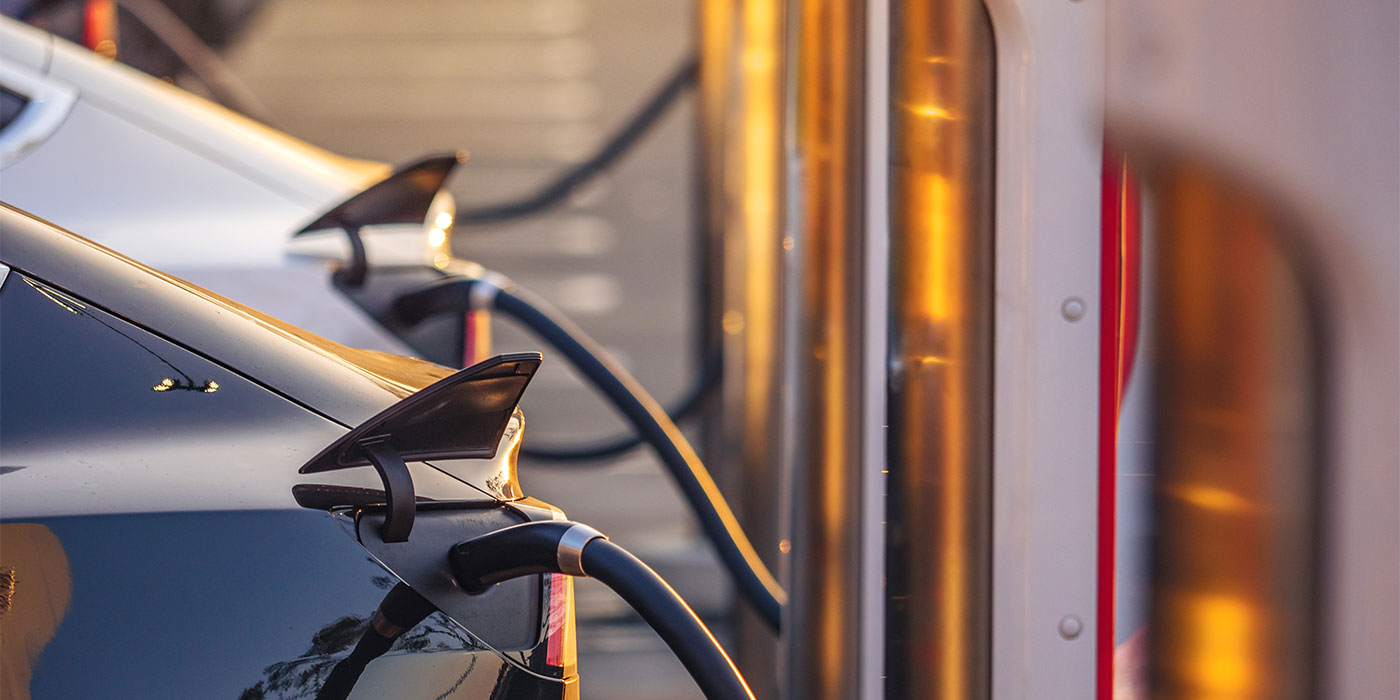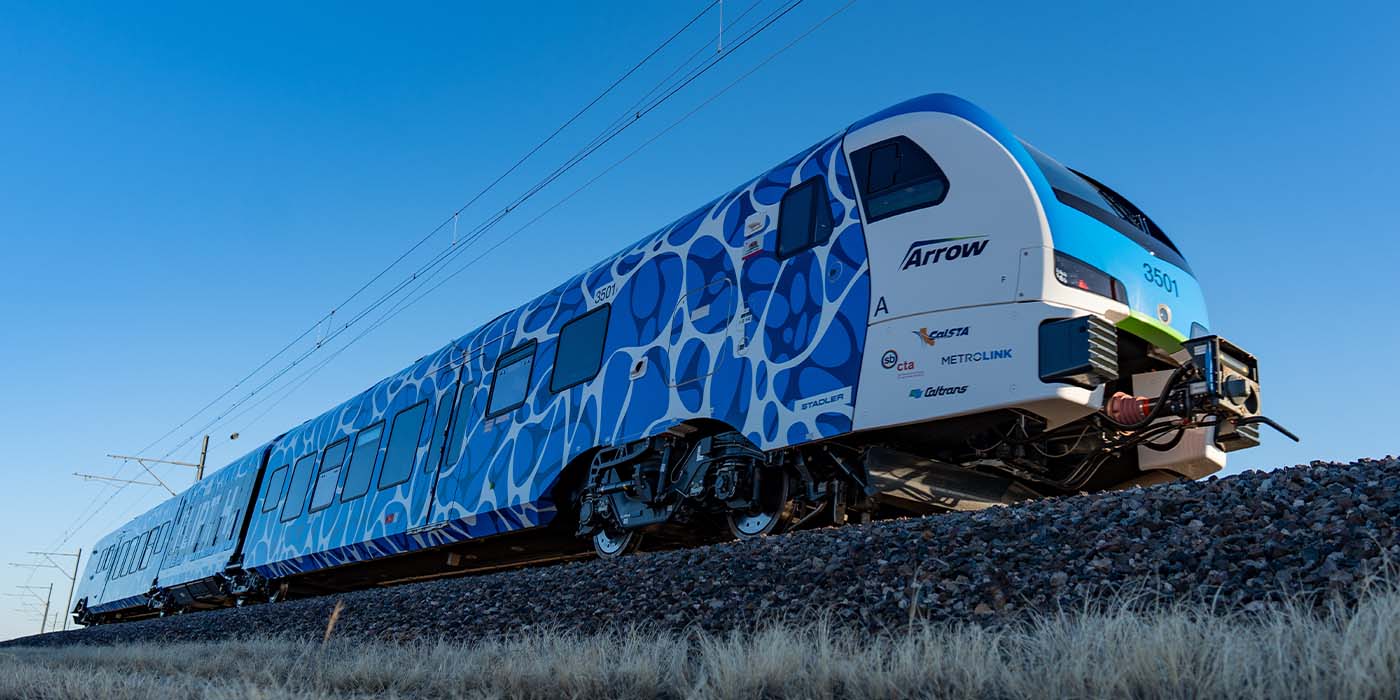The California Air Resources Board (CARB) has officially approved the Advanced Clean Cars II rule that establishes a year-by-year roadmap so that by 2035, 100% of new cars and light trucks sold in California will be zero-emission vehicles, including plug-in hybrid electric vehicles.
Many states and nations have set targets and goals to phase out the sale of internal combustion cars. California’s is arguably the most aggressive regulation to establish a definitive mechanism to meet required zero-emission vehicle (ZEV) sales that ramp up year over year, culminating in 100% ZEV sales in 2035. The regulation also includes provisions that enhance equity in the transition to zero-emission vehicles and provides consumers certainty about the long-term emission benefits, quality and durability of these clean cars and trucks and the batteries they run on.
General requirements
The new regulation accelerates requirements that automakers deliver an increasing number of zero-emission light-duty vehicles each year beginning in model year 2026. Sales of new ZEVs and PHEVs will start with 35% that year, build to 68% in 2030, and reach 100% in 2035.
CARB adds the new regulation also takes regulatory steps to assure that ZEVs can be full replacements to gasoline vehicles, hold their market value for owners, and that used car buyers are getting a quality vehicle that will not pollute.
By model year 2030, the rules require the vehicle to maintain at least 80% of electric range for 10 years or 150,000 miles. (Phased in from 70% for 2026 through 2029 model year vehicles.) By model year 2031, individual vehicle battery packs are warranted to maintain 75% of their energy for eight years or 100,000 miles. (Phased in from 70% for 2026 through 2030 model years.) ZEV powertrain components are warranted for at least three years or 50,000 miles.
Eligibility and credits
The regulation applies to automakers (not dealers) and only covers new vehicle sales. It does not impact existing vehicles on the road today, which will still be legal to own and drive.
Plug-in hybrid, full battery-electric and hydrogen fuel cell vehicles count toward an automaker’s requirement. PHEVs must have an all-electric range of at least 50 miles under real-world driving conditions. In addition, automakers will be allowed to meet no more than 20% of their overall ZEV requirement with PHEVs.
Battery-electric and fuel cell vehicles will need a minimum range of 150 miles to qualify under the program, include fast-charging ability, and come equipped with a charging cord to facilitate charging, and meet new warranty and durability requirements.
Access to zero-emission vehicles for Californians
California Governor Gavin Newsom proposed, and the legislature has approved, $2.7 billion in fiscal year 2022-23, and $3.9 billion over three years, for investment in ZEV adoption, as well as clean mobility options for California’s most environmentally and economically burdened communities. These programs support the new regulation by increasing access to ZEVs for all Californians, including moderate- and low-income consumers. They include:
- Clean Cars 4 All provides up to $9,500 to low-income drivers who scrap their older vehicles and want to purchase something that runs cleaner.
- The Clean Vehicle Rebate Project (CVRP) provides up to $7,000 for income-qualified drivers to buy or lease a ZEV.
- The Clean Vehicle Assistance Program provides low-income car buyers with special financing and up to $5,000 in down-payment assistance.
The governor’s ZEV budget includes $400 million over three years for the statewide expansion of Clean Cars 4 All and for a suite of clean transportation equity projects. The budget also includes $525 million for the Clean Vehicles Rebate Project (CVRP). In addition, there is $300 million for more charging infrastructure, especially for those consumers who may not have a garage where they can charge their EV.
What are the potential consumer savings?
Drivers of full battery-electric vehicles already save money on operation and maintenance compared to cars with internal combustion engines. That’s the result of cheaper fuel — charging at home costs about half as much as gasoline for the same number of miles driven — and battery-electric vehicles can save drivers 40% in maintenance costs.
CARB analysis indicates that battery-electric vehicles are likely to reach cost parity with conventional vehicles by 2030. By 2035, consumers are likely to realize as much as $7,900 in maintenance and operational savings over the first 10 years of ownership. Owners will also see 10-year savings from 2026 model year battery-electric vehicles, though not quite as much, CARB says.
Environmental impact
Transportation is the single largest source of global warming emissions and air pollution in the state, according to CARB. By 2037, the regulation delivers a 25% reduction in smog-causing pollution from light-duty vehicles to meet federal air quality standards. From 2026 through 2040, the regulation will result in cumulative avoided health impacts worth nearly $13 billion, including 1,290 fewer cardiopulmonary deaths, 460 fewer hospital admissions for cardiovascular or respiratory illness, and 650 fewer emergency room visits for asthma, according to CARB.
By 2030, there will be 2.9 million fewer new gas-powered vehicles sold, rising to 9.5 million fewer conventional vehicles by 2035. In 2040, greenhouse gas emissions from cars, pickups, and SUVs are cut in half, and from 2026 through 2040 the regulation cuts climate-warming pollution from those vehicles to a cumulative total of 395 million metric tons, equivalent to avoiding the greenhouse gases produced from the combustion of 915 million barrels of petroleum, CARB says.
How did we get here?
The ACC II regulation is phase two of the Advanced Clean Cars Program, originally adopted by CARB in 2012. The regulation was designed to bring together CARB’s passenger vehicle requirements to meet federal air quality standards and also support California’s AB 32 statute to develop and implement programs to reduce greenhouse gas emissions back down to 1990 levels by 2020, a goal achieved in 2016 as a result of numerous greenhouse gas emissions mitigation programs.
The ACC II regulation is a major tool in the effort to reach the SB 32 target of reducing greenhouse gases an additional 40% below 1990 levels by 2030, while also achieving Governor Newsom’s 2035 target for ending sales of new internal-combustion engine passenger vehicles. Ending sales of vehicles powered by fossil fuels is a critical element in the state’s efforts to achieve carbon neutrality by 2045 or sooner.
Other states
States that currently follow California’s vehicle rules are expected to adopt these regulations through their own rulemakings, gaining the clean air and climate benefits the regulation delivers. These states constitute about 40% of the nation’s new car sales.

